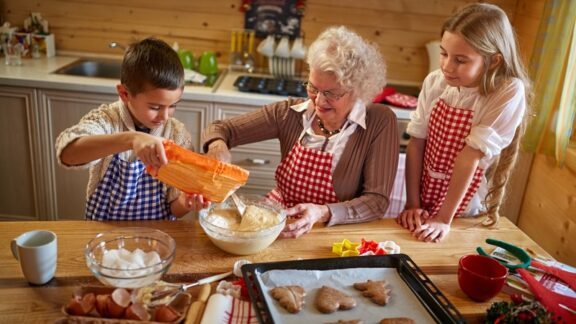My sister and I never knew our great-grandparents. They all passed away long before we were born. The term “great-grandparent” simply represented a long-ago relative on the family tree to us.
However, when the next generation in our family came along, my young niece and nephew were fortunate enough to have two great-grandmothers in their lives until they were in their early teens. Then when my niece had her first child last fall, her baby was surrounded with a total of seven great-grandmas and grandpas!
According to an official of the U.S. Census Bureau, because U.S. baby boomers are living longer than past generations, we’re experiencing a “great-grandparent boom” in our country right now. In fact, it’s been estimated that by 2030, most 8-year-olds will have at least one great-grandparent to smother them with love.
With yet another layer of grandparents in children’s lives comes many benefits – for children and grandparents alike. Kids can teach great-grands about social media and other pop culture references. In return, older folks can tell their great-grandkids stories about past generations; the days before smartphones, video games, and even remotes; and what it was like to actually experience the history they’ve read about in school.
According to one sociologist, regular contact with their great-grandmas and great-grandpas may encourage the young people to have more positive attitudes toward older people in general and form stronger bonds with their families and cultures. But for the great-grandparents, the chief benefit is the intense emotion. “The most difficult thing in the world to explain is the reaction when you see a great-grandchild,” said Samuel Sack, in a New York Times article. “It’s a great thrill. Better than the Cyclone in Coney Island.”
My mother, Patricia, great granny to my niece’s child, expresses that emotion quite simply: “I felt extremely grateful that I had lived to see a second generation of grandchildren. When I saw Beckham in person for the first time…it was love at first sight!”





